Toyota Highlander vs VW Tayron – Skillnader och priser jämförda
Vem tar hem segern?
Sammantaget framstår VW Tayron som ligger precis före och tar hem titeln som DriveDuel Champion.
Den övertygar med ett mer balanserat helhetspaket och är den mest mångsidiga i vardagen.
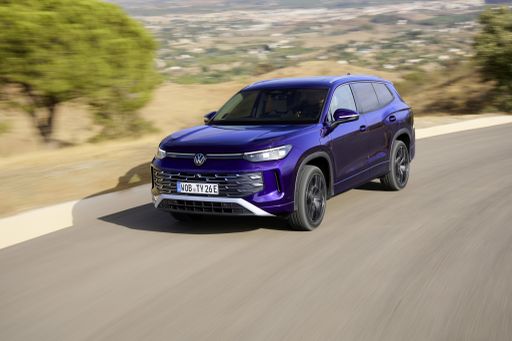 @ Volkswagen AG / VW Media
@ Volkswagen AG / VW Media
VW Tayron
Toyota Highlander
Toyota Highlander är en pålitlig och rymlig familjefavorit som hellre satsar på komfort och funktion än på att imponera med sportiga manövrar. Den sköter långresor med lugn självsäkerhet, har smarta lösningar för last och barnutrustning och lämnar sällan sin förare i tvivel om att den klarar vardagens alla krav.
detaljer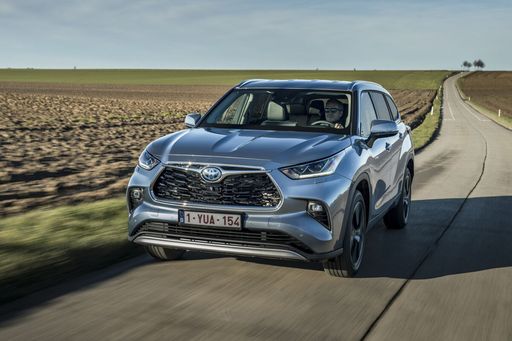 @ Toyota Motor Corporation
@ Toyota Motor Corporation
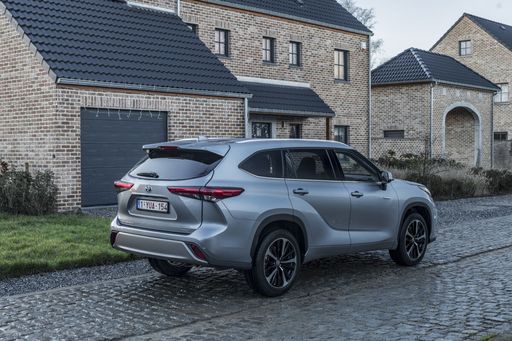 @ Toyota Motor Corporation
@ Toyota Motor Corporation
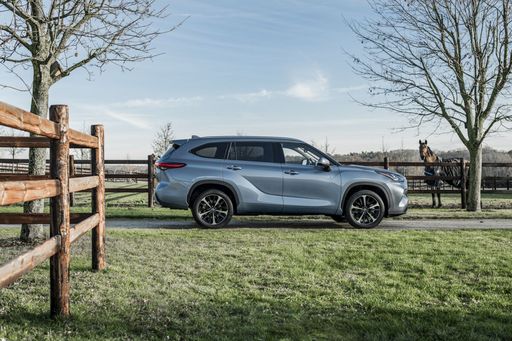 @ Toyota Motor Corporation
@ Toyota Motor Corporation
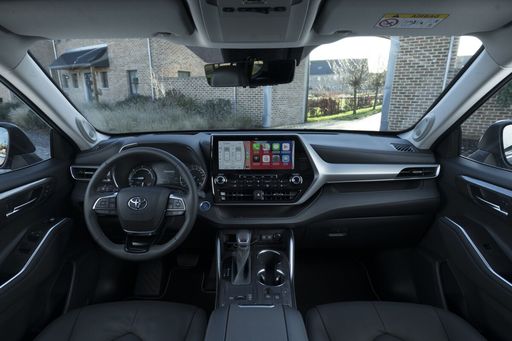 @ Toyota Motor Corporation
@ Toyota Motor Corporation
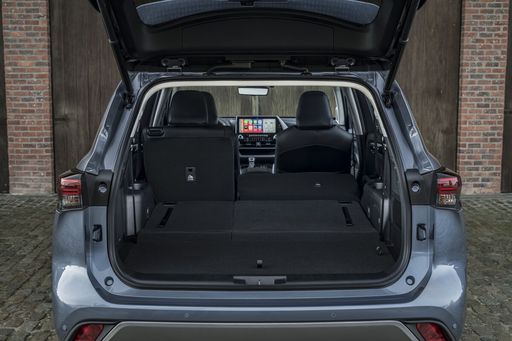 @ Toyota Motor Corporation
@ Toyota Motor Corporation
VW Tayron
VW Tayron är en rymlig och pålitlig SUV som klär vardagskörningen i vuxen elegans utan att skrika efter uppmärksamhet. Körkänslan är trygg och praktiken genomtänkt, vilket gör den till ett säkert val för familjen eller pendlaren som värdesätter komfort framför flashiga finesser.
detaljer @ Volkswagen AG / VW Media
@ Volkswagen AG / VW Media
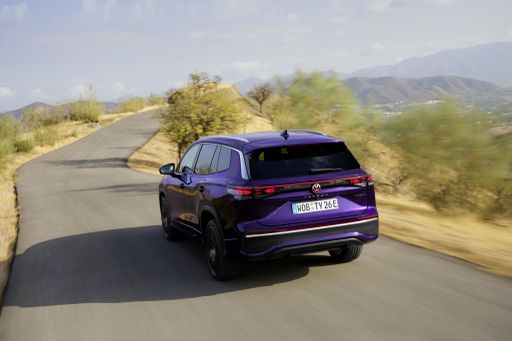 @ Volkswagen AG / VW Media
@ Volkswagen AG / VW Media
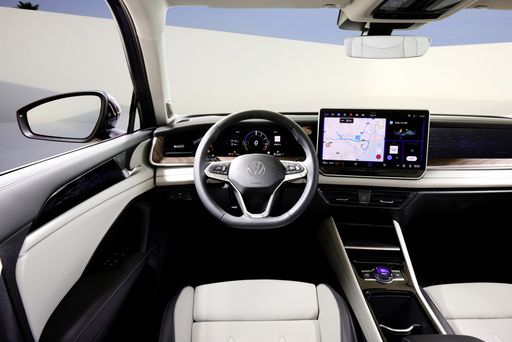 @ Volkswagen AG / VW Media
@ Volkswagen AG / VW Media
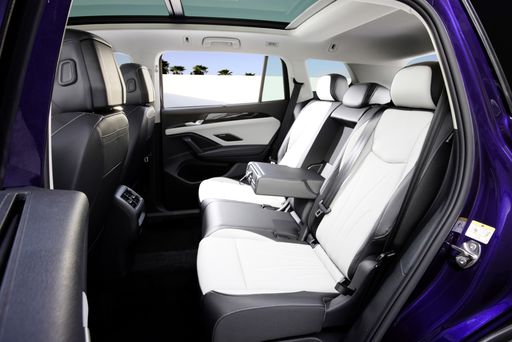 @ Volkswagen AG / VW Media
@ Volkswagen AG / VW Media
 @ Toyota Motor Corporation
@ Toyota Motor Corporation
|
 @ Volkswagen AG / VW Media
@ Volkswagen AG / VW Media
|
|
|
|
Kostnader och förbrukning |
|
|---|---|
|
Pris
-
|
Pris
534000 - 718800 kr
|
|
Förbrukning L/100 km
-
|
Förbrukning L/100 km
1.5 - 8.5 L
|
|
Förbrukning kWh/100 km
-
|
Förbrukning kWh/100 km
-
|
|
Elektrisk räckvidd
-
|
Elektrisk räckvidd
116 - 123 km
|
|
Batterikapacitet
-
|
Batterikapacitet
19.70 kWh
|
|
CO2
-
|
CO2
33 - 192 g/km
|
|
Tankvolym
-
|
Tankvolym
45 - 58 L
|
Mått och kaross |
|
|---|---|
|
Karosstyp
-
|
Karosstyp
SUV
|
|
Säten
-
|
Säten
5
|
|
Dörrar
-
|
Dörrar
5
|
|
Tjänstevikt
-
|
Tjänstevikt
1682 - 1948 kg
|
|
Bagageutrymme
-
|
Bagageutrymme
705 - 885 L
|
|
Längd
-
|
Längd
4792 mm
|
|
Bredd
-
|
Bredd
1853 - 1866 mm
|
|
Höjd
-
|
Höjd
1666 - 1668 mm
|
|
Max bagageutrymme
-
|
Max bagageutrymme
1915 - 2090 L
|
|
Lastkapacitet
-
|
Lastkapacitet
489 - 566 kg
|
Motor och prestanda |
|
|---|---|
|
Motortyp
-
|
Motortyp
Bensin Mildhybrid, Diesel, Bensin, Laddhybrid
|
|
Växellåda
-
|
Växellåda
Automatisk
|
|
Växellådsdetalj
-
|
Växellådsdetalj
Automatisk dubbelkoppling
|
|
Drivtyp
-
|
Drivtyp
Framhjulsdrift, Fyrhjulsdrift
|
|
Effekt (hk)
-
|
Effekt (hk)
150 - 272 hk
|
|
Acceleration 0-100 km/h
-
|
Acceleration 0-100 km/h
6.1 - 9.7 s
|
|
Maxhastighet
-
|
Maxhastighet
204 - 240 km/h
|
|
Vridmoment
-
|
Vridmoment
250 - 400 Nm
|
|
Antal cylindrar
-
|
Antal cylindrar
4
|
|
Effekt (kW)
-
|
Effekt (kW)
110 - 200 kW
|
|
Motorvolym
-
|
Motorvolym
1498 - 1984 cm3
|
Allmänt |
|
|---|---|
|
Modellår
-
|
Modellår
2025
|
|
CO2-effektivitetsklass
-
|
CO2-effektivitetsklass
E, F, G, B
|
|
Märke
-
|
Märke
VW
|
Vilka drivningsalternativ erbjuder VW Tayron?
Tillgänglig som Framhjulsdrift eller Fyrhjulsdrift.
De visade priserna och uppgifterna är uppskattningar baserade på tyska listpriser och kan variera beroende på land. Denna information är inte juridiskt bindande.
